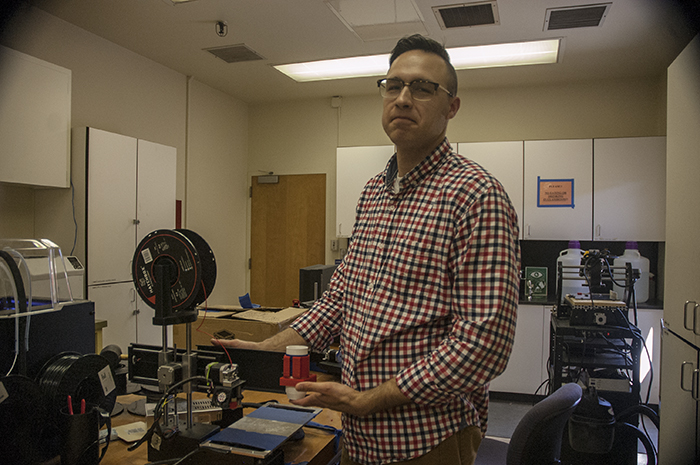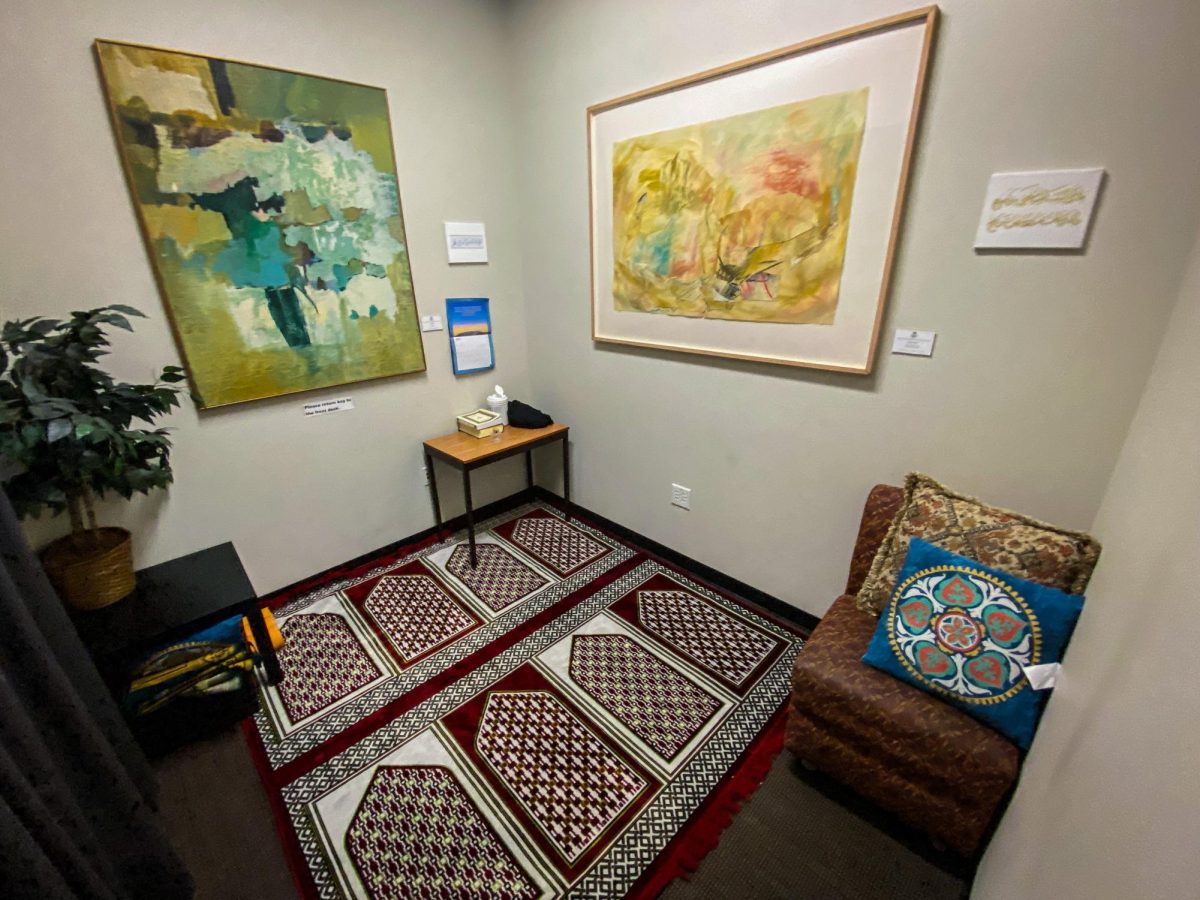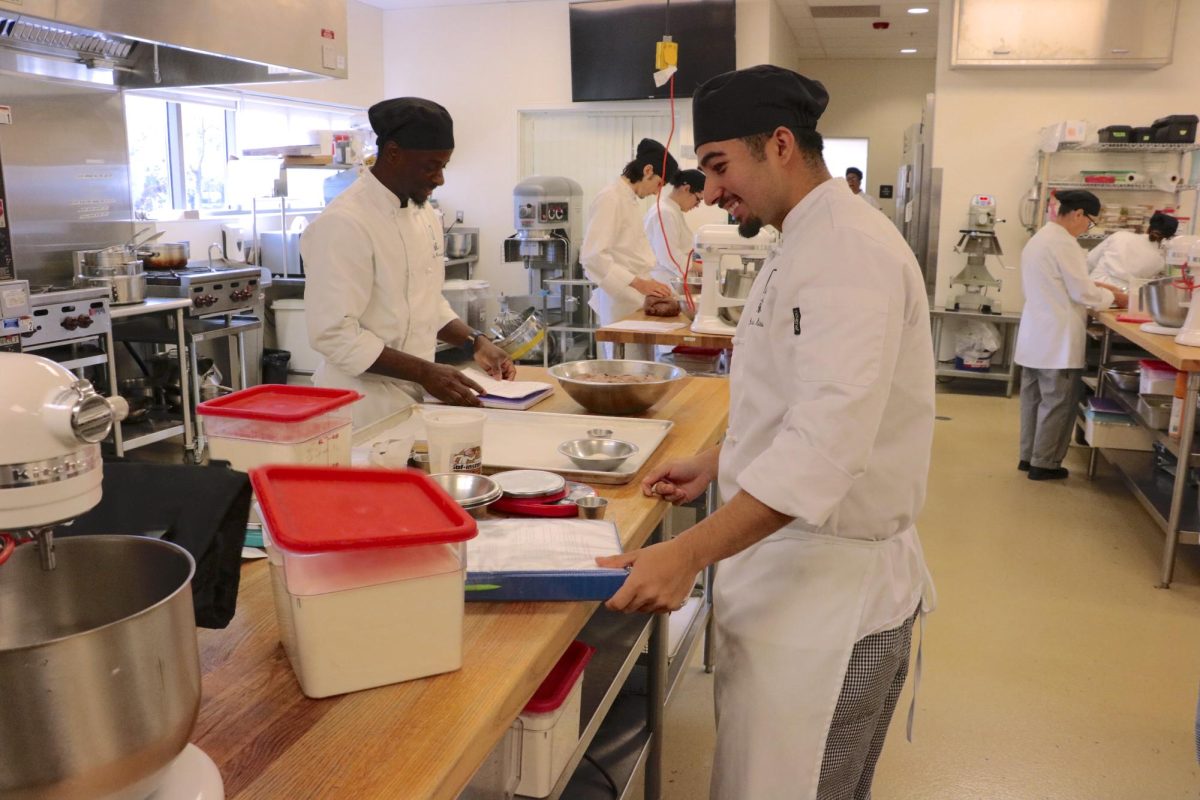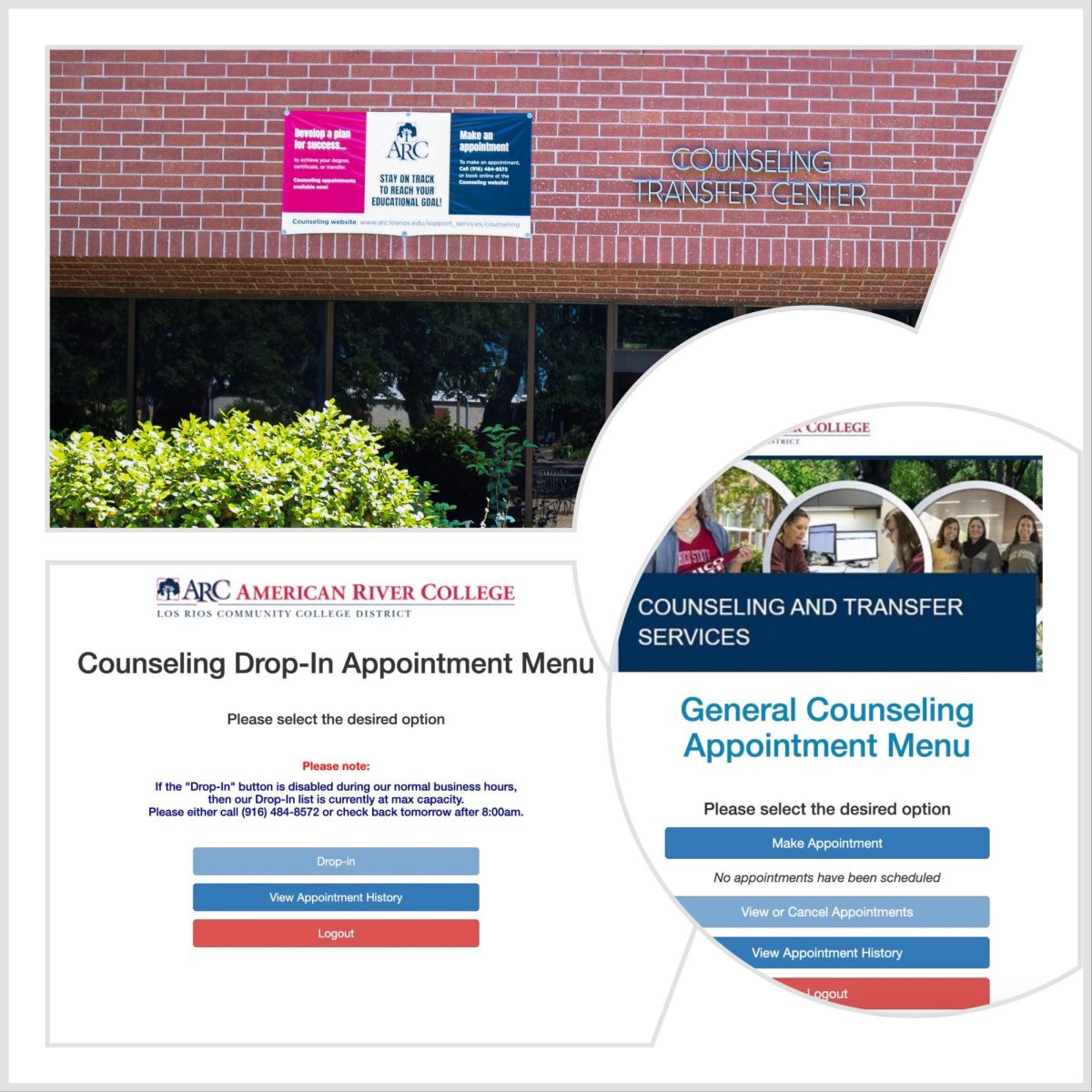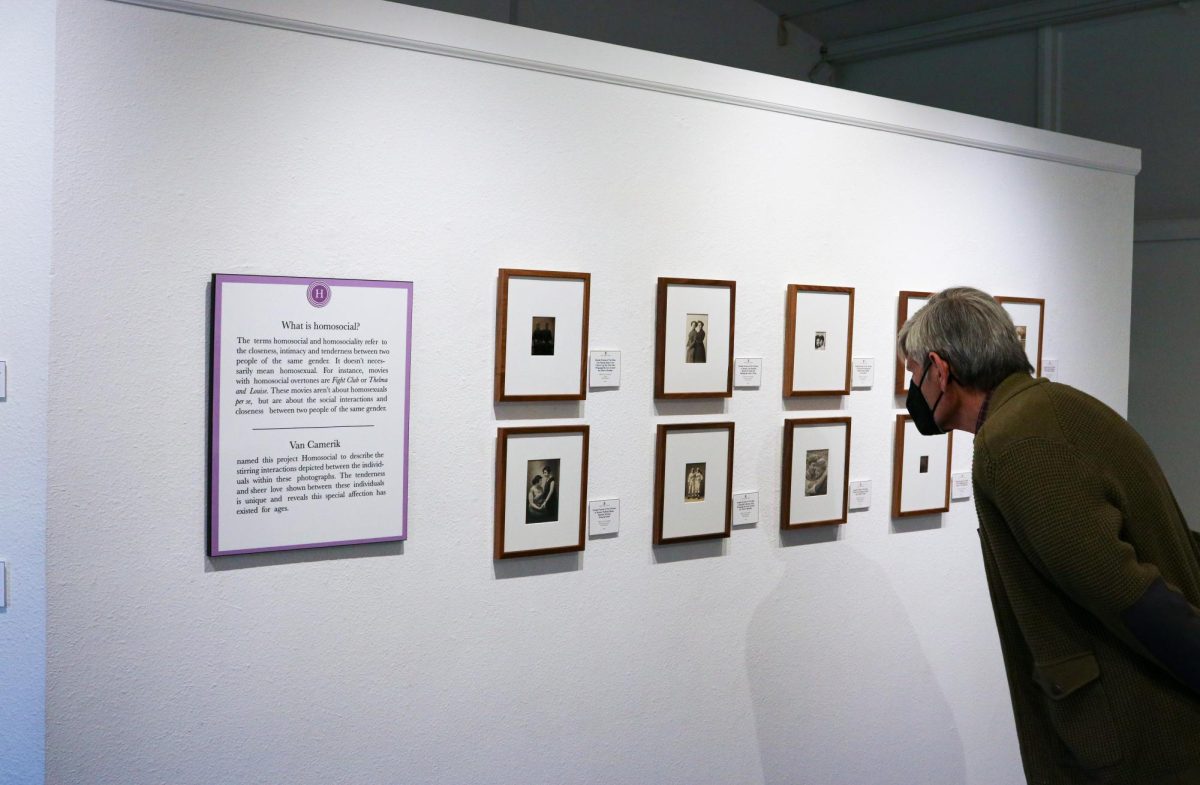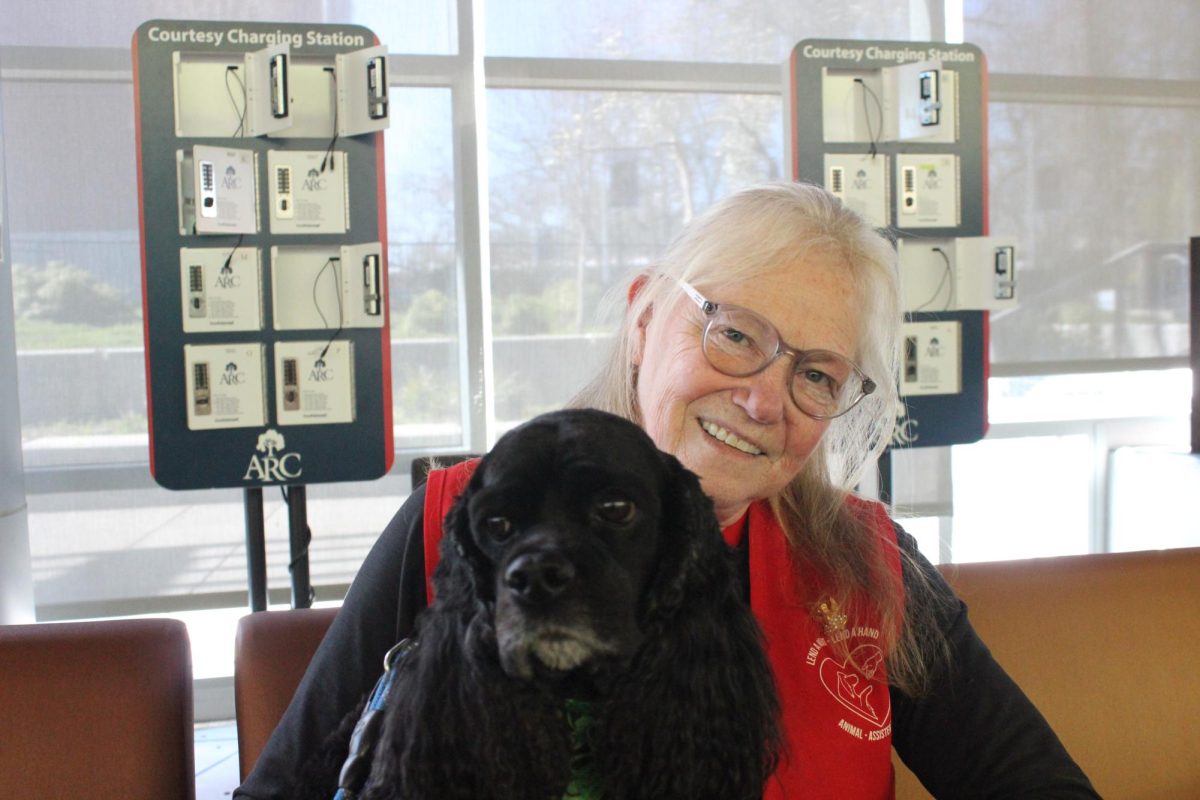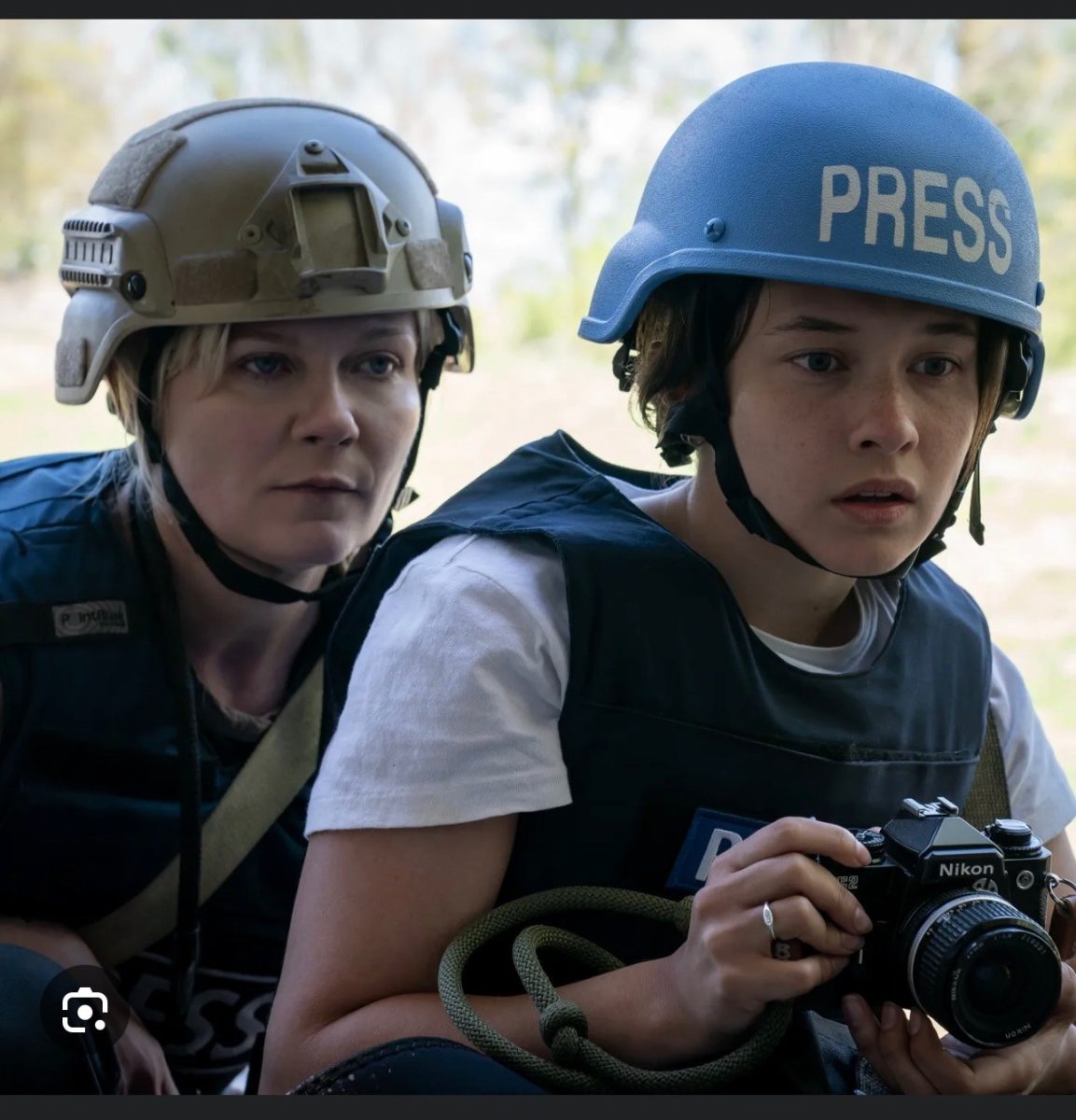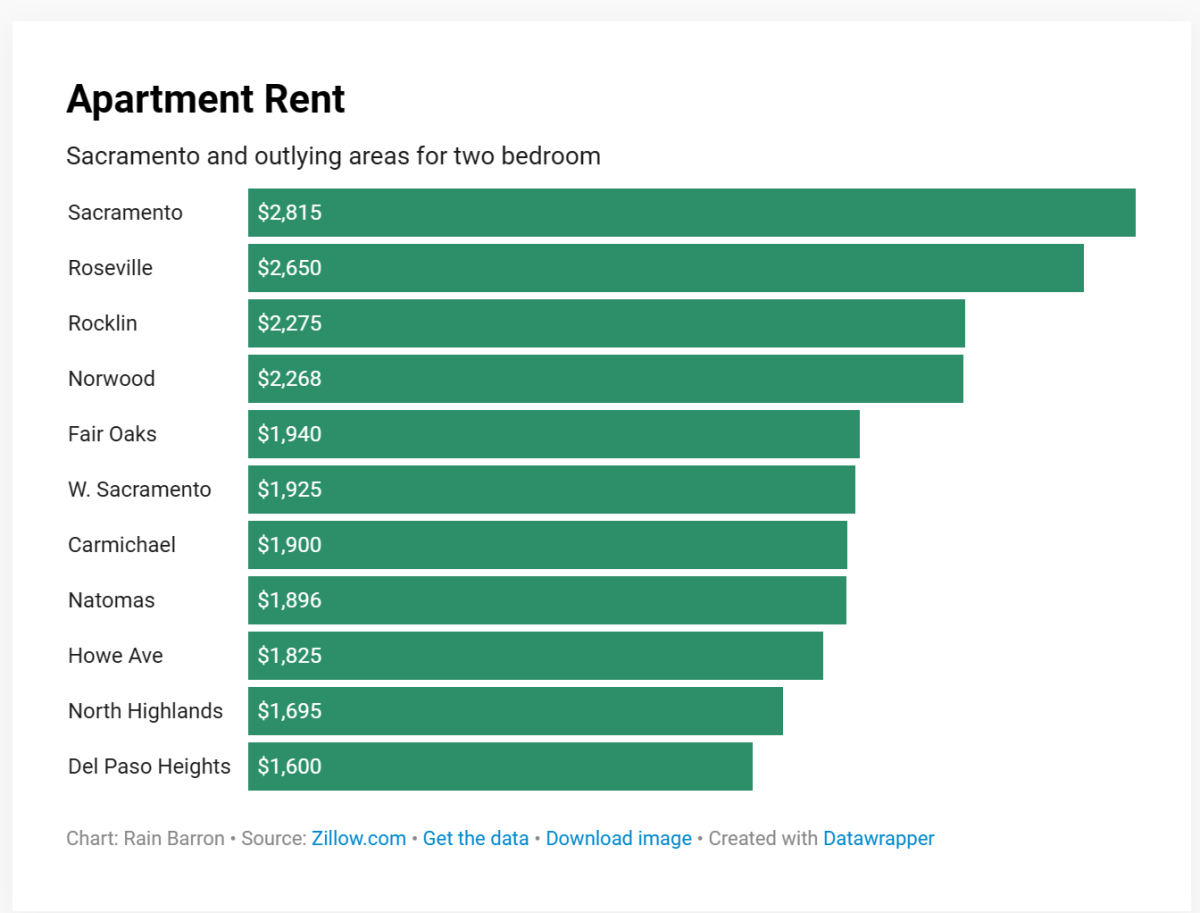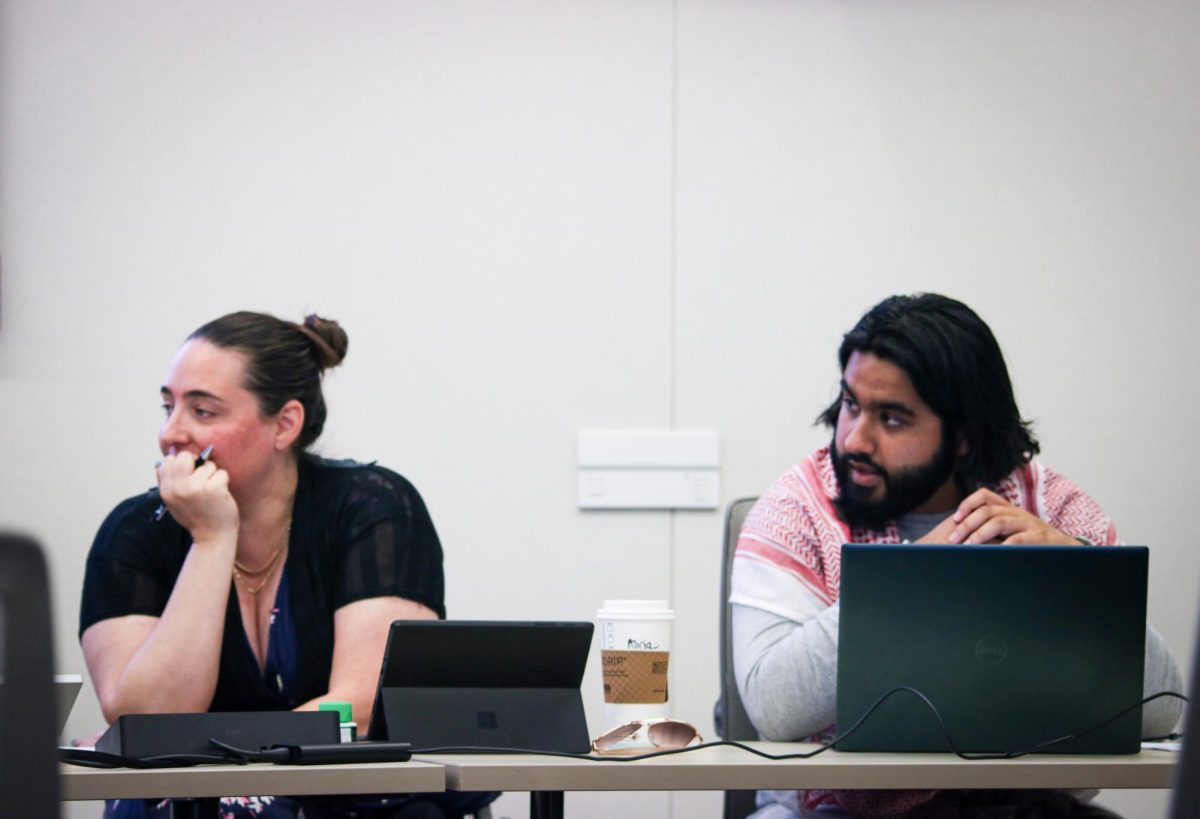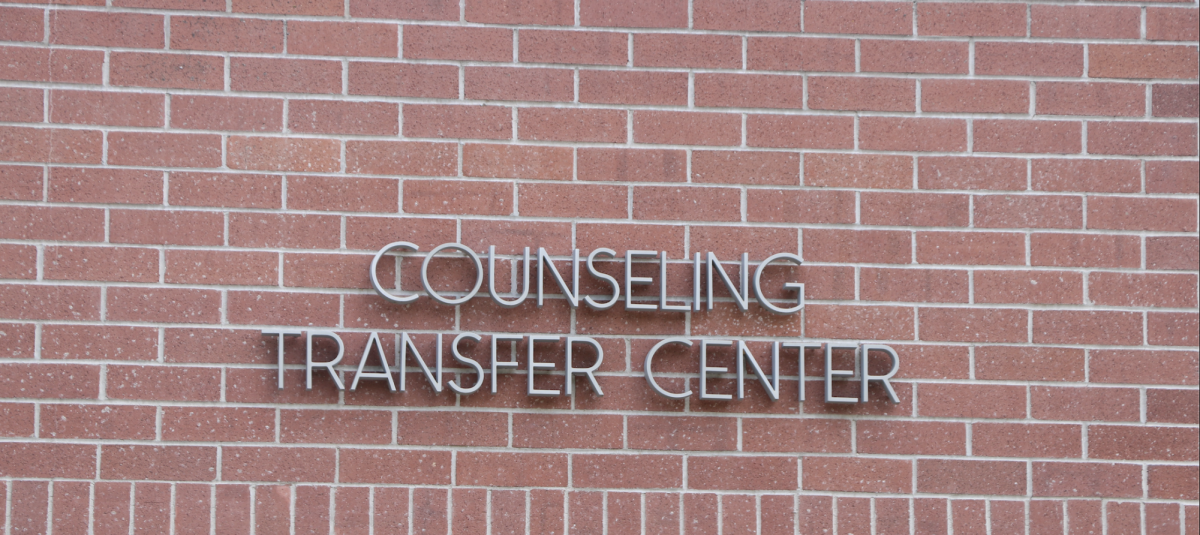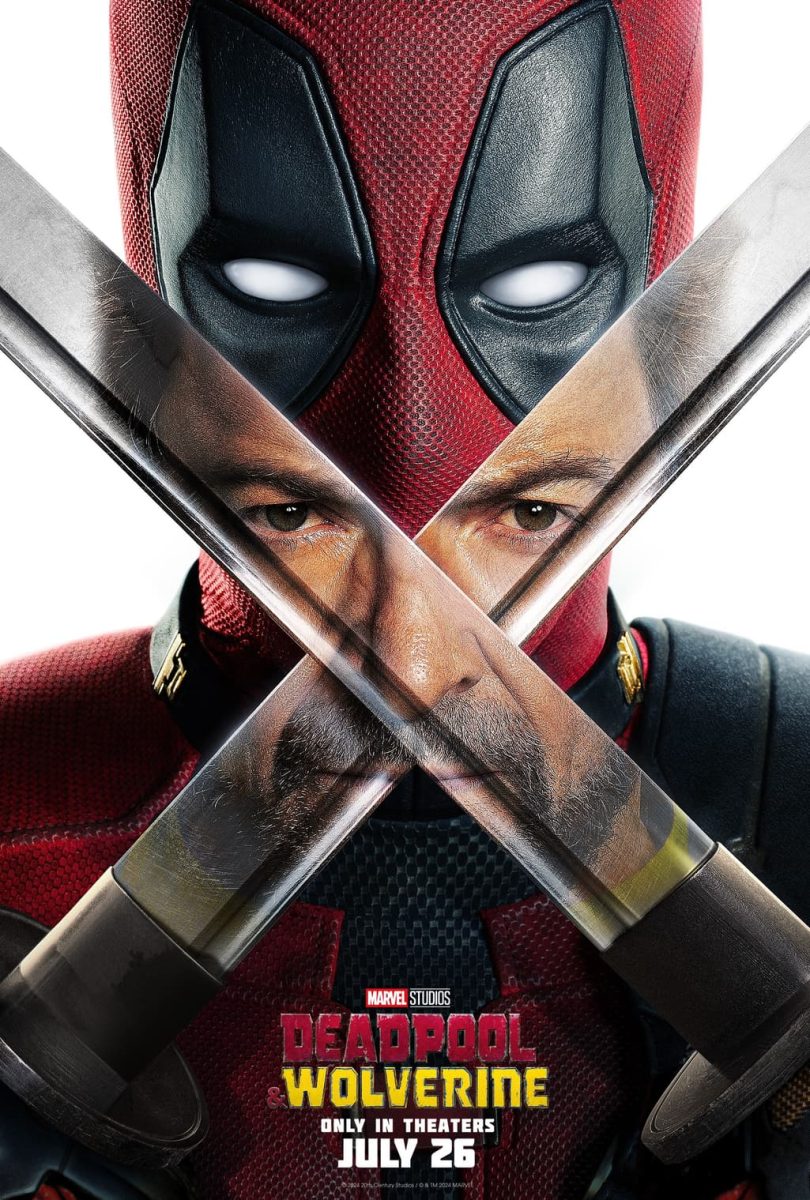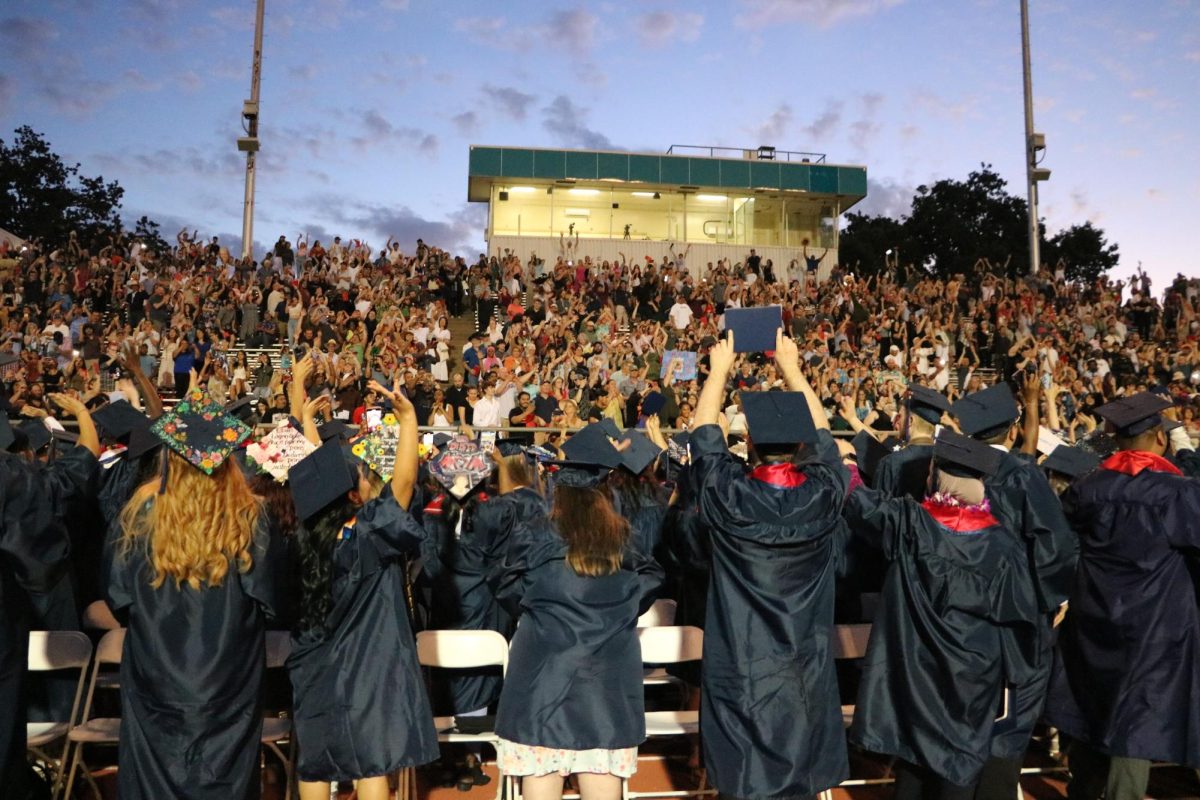Thomas Pfingston hunches his tall frame over the battered wooden counter found in the back room of American River College’s Design Hub. The room is small and dimly lit. Every available surface is layered with the half-finished projects of the students who frequent it. A machine perches on the ground as it props open the door, with its large hose bisecting the floor and its loud hum pulsating through the air.
Pfingston fiddles with one of the 3-D printers the Hub provides, trying to fit on a new extension of his own design. It’s red and cylindrical, and not at all created to hold the filament that a 3-D printer would typically hold.
No, Pfingston’s creation is designed to hold a container of chocolate.
Pfingston is in the process of creating a functional chocolate printer.
“Its purpose is basically to extrude chocolate,” Pfingston says. “Anything that you program on a software in Autodesk called Inventor. So, same concept really but instead of using a filament, a round container of plastic, you are using chocolate.”
Pfingston explains that the the chocolate would reside in a tempered liquid state within a container that is placed above the printer, and a plunger will push the chocolate through the nozzle.
“[The chocolate] will be in a cool environment so once it starts to extrude through the tip it will basically be printing chocolate layer by layer like a 3-D printer would,” Pfingston says.
Pfingston’s knowledge of chocolate and the temperature it needs to be to be molded was not just acquired for this project. Prior to studying mechanical engineering, he spent 10 years working in the culinary field.
Pfingston says he always had a passion for culinary arts, and was inspired by his mother and grandmother who baked a lot during his childhood. His first job was even at Cookie Connection in Roseville.
But seven years into his career, two years after graduating from culinary school, Pfingston started developing headaches and stomach aches; he wrote it off as anxiety over his upcoming marriage until a year elapsed and it became too much to ignore.
“I was having some health issues, and with that, I was diagnosed with food allergies — wheat and peanut,” Pfingston says. “It took me out of the game. So then my wife and I decided that maybe heading back to school would be the best idea.”
From there, Pfingston spent a year at Sierra College where he took a few general education classes while trying to determine a new avenue for his future.
“I was confused and I wasn’t to sure what I wanted to do, and with a son on the way and my wife graduating from school with a degree in Spanish, I was really trying to figure out what I could do to contribute quickly,” Pfingston says.
Growing up, Pfingston says that he always loved to draw, and being homeschooled provided him with the chance to be in a comfortable space, where he could comfortably draw and be himself.
The enjoyment he received from drawing, coupled with the fun he had with his cousins, who happened to be biomechanical and civil engineers, combined to create an interest in mechanical engineering; which Pfingston says is not as large a leap from culinary arts as one might initially suspect.
“In culinary you kind of have to have a passion for design as well. When you are plating something it has to be aesthetically pleasing, and it’s got to pop out; the textures, colors — it has to look good,” Pfingston says. “So that’s what led me to do mechanical, because I also enjoy design as well.”
However, Pfingston says that Sierra was unable to provide the fit that he needed and so he moved to ARC in the spring of 2017.
“ARC just felt, I don’t know, it was kind of weird, it just kind of felt right to be here,” Pfingston says. “Once I came here it just felt really comfortable and I felt like I could be myself — more motivated.”
Once at ARC, everything began to fall into place. Pfingston was able to enroll in an accelerated math class, providing him the chance to complete 5 courses in a semester, and has even given him a paid internship, in the form of the chocolate printer.
“It was interesting because I really wanted to work at ARC,” Pfingston says. And so he submitted his resume to the Culinary Department, the Engineering Department and the Design Hub through ARC’s website.
It was Randy Schuster, a Design Technology Professor and Design Hub team member, who saw Pfingston’s resume and had the idea to use Pfingston’s dual engineering and culinary talents to help the department.
It was during Pfingston’s second interview, a few weeks before winter break, that Schuster hired Pfingston for a paid internship, with credit, within the Design Hub.
Schuster says it has always been one of his hopes to have a chocolate printer for the Design Hub and when he saw Pfingston had listed ‘chef’ under other skills on his resume it clicked.
However, as Schuster says: “Pfingston knows a lot more about chocolate then he does about 3-D printing.”
Nevertheless this hasn’t slowed Pfingston down any.
“He has spent this entire semester really focused on 3-D printing and it has been amazing, he has done an amazing job,” Schuster says.
Pfingston has learned by trial and error, teaching himself anything he may need to know, including, but not limited to: coding, how the files work and how the programs interact and the manufacturing of 3-D printers.
“This had been a new venture for me because I didn’t know AutoCAD, I didn’t know Inventor,” Pfingston says.
Autodesk Inventor and AutoCAD are both computer applications for 3-D mechanical design.The programs help with the simulation, visualization and documentation of using a 3-D printer.
“I am the primary designer on the chocolate extruder project,” Pfingston says. “So everything that I have been doing, along with the help of Randy and other people in the Design Hub, has been experimental and a learning development on my own.”
Despite the long hours and the hard work, Pfingston has found enjoyment in this project.
“It’s been a blast,” Pfingston says. “Throughout the time I’ve been here it’s been really cool, [Schuster] set about five or ten minutes aside for various training opportunities and such.”
Pfingston says that Schuster constantly including him in lessons he feels may apply to the project.
“He will be like ‘Get over here! We are going to learn together,’” Pfingston says, adding that Schuster is always encouraging him to learn as much as he can and to apply his imagination.
Pfingston is currently ahead of schedule. The original plan was that all the mechanics and design would be finished by the end of the spring semester and then during the fall semester Pfingston would begin assembly. However, he has already started printing parts, and has even made a contact in Silicon Valley that may be able to provide the heating element needed to wrap around the chocolate extruder to keep it warm and pliable.
Schuster hopes that the chocolate printer will be so successful that ARC’s Oak Cafe will be willing to use it.
“The end game — the ideal, the perfect world — is that we got it working well enough that the Oak Cafe would want to use it,” Schuster says. “Because there would be no better praise than the Oak Cafe using our equipment.”
As for Pfingston, he says he is unsure yet where his new skills will take him.
“There [are] a lot of different avenues you can take with engineering, so it’s very vast,” Pfingston says.
He is interested in manufacturing and design, but would also like to travel the world and design on a more personal level, Nevertheless Pfingston can’t let go of culinary completely.
“In culinary there are so many things you could do and it has to be just right… you strive to create or develop the best product within that certain amount of time, and then adapt to changes,” Pfingston says.
He has applied that philosophy to mechanical engineering.
“There [are] various different things you can do at different times and so with that I’ve had to be patient and wait and see what I can apply [to my future],” he says.


